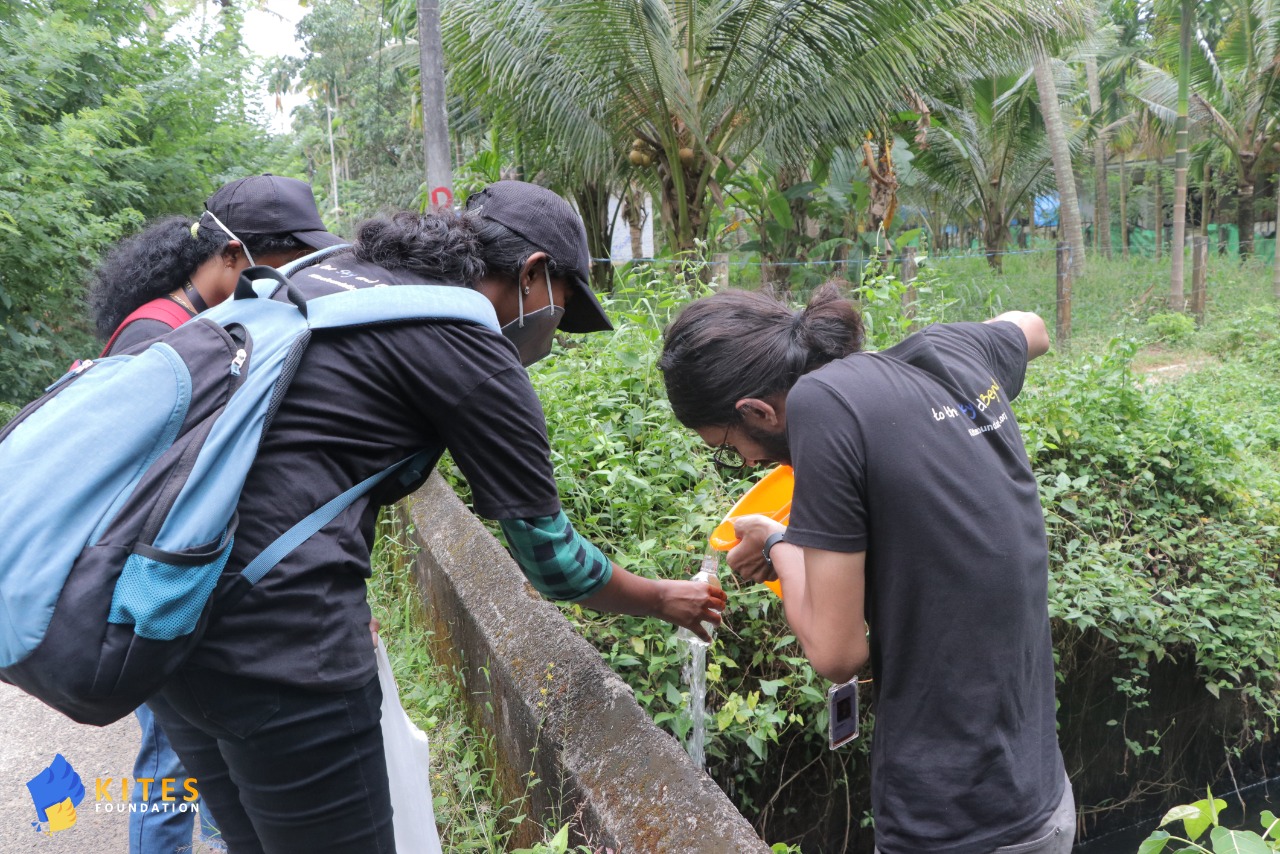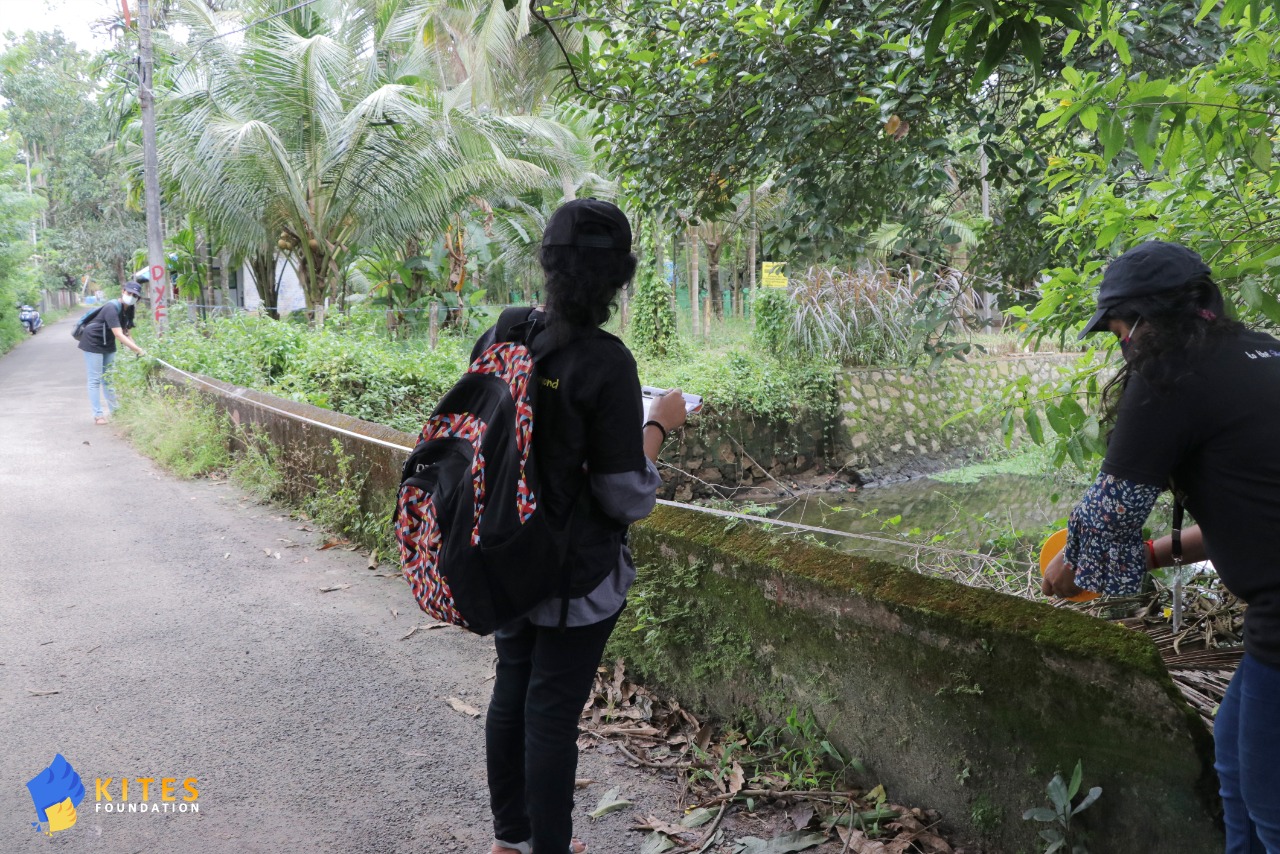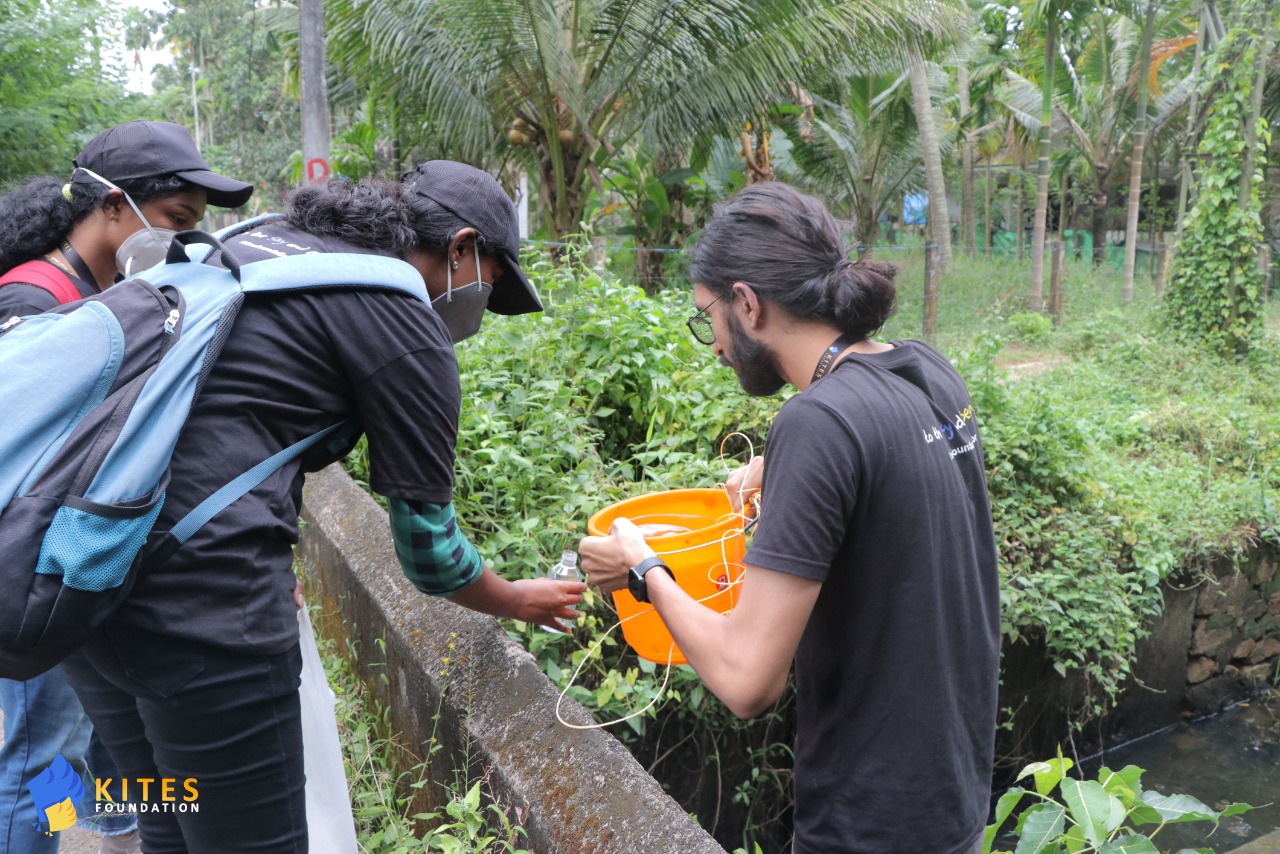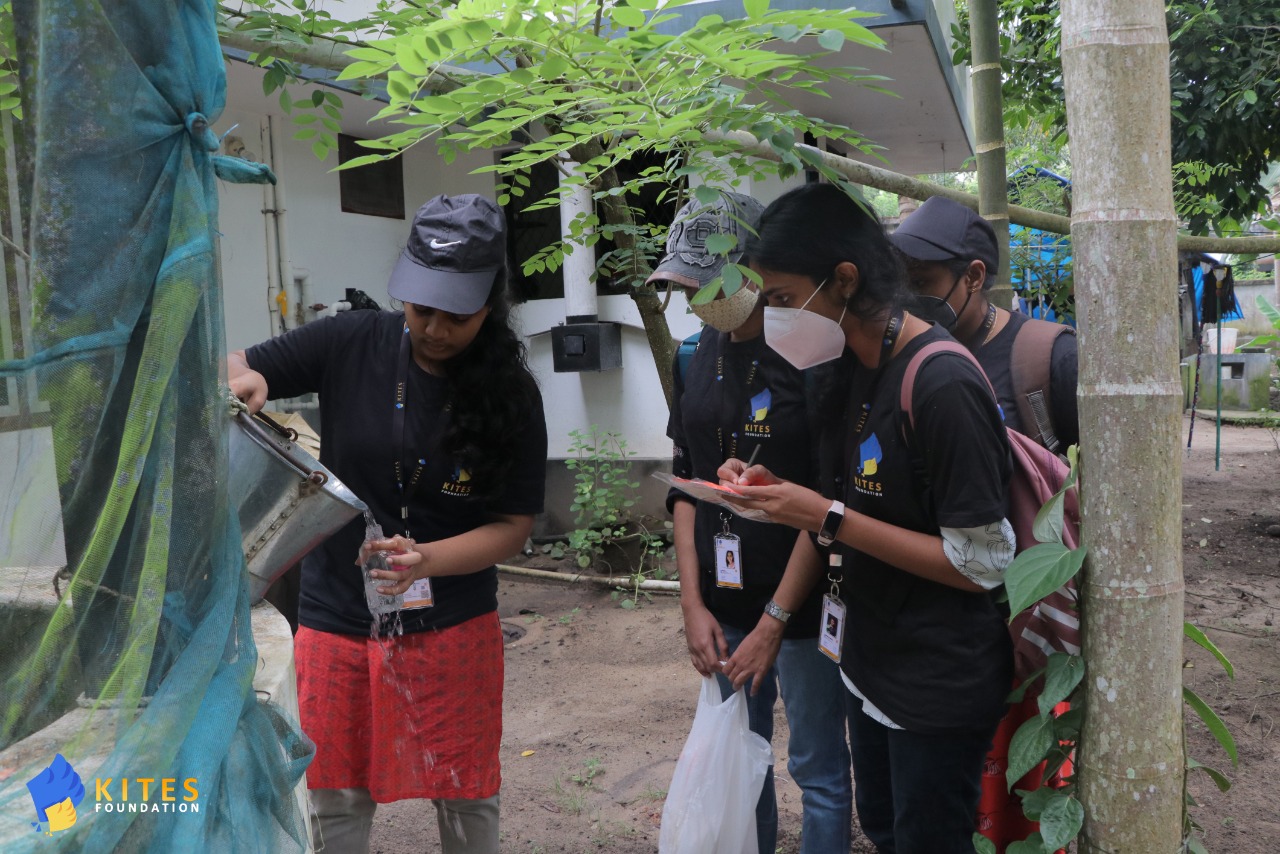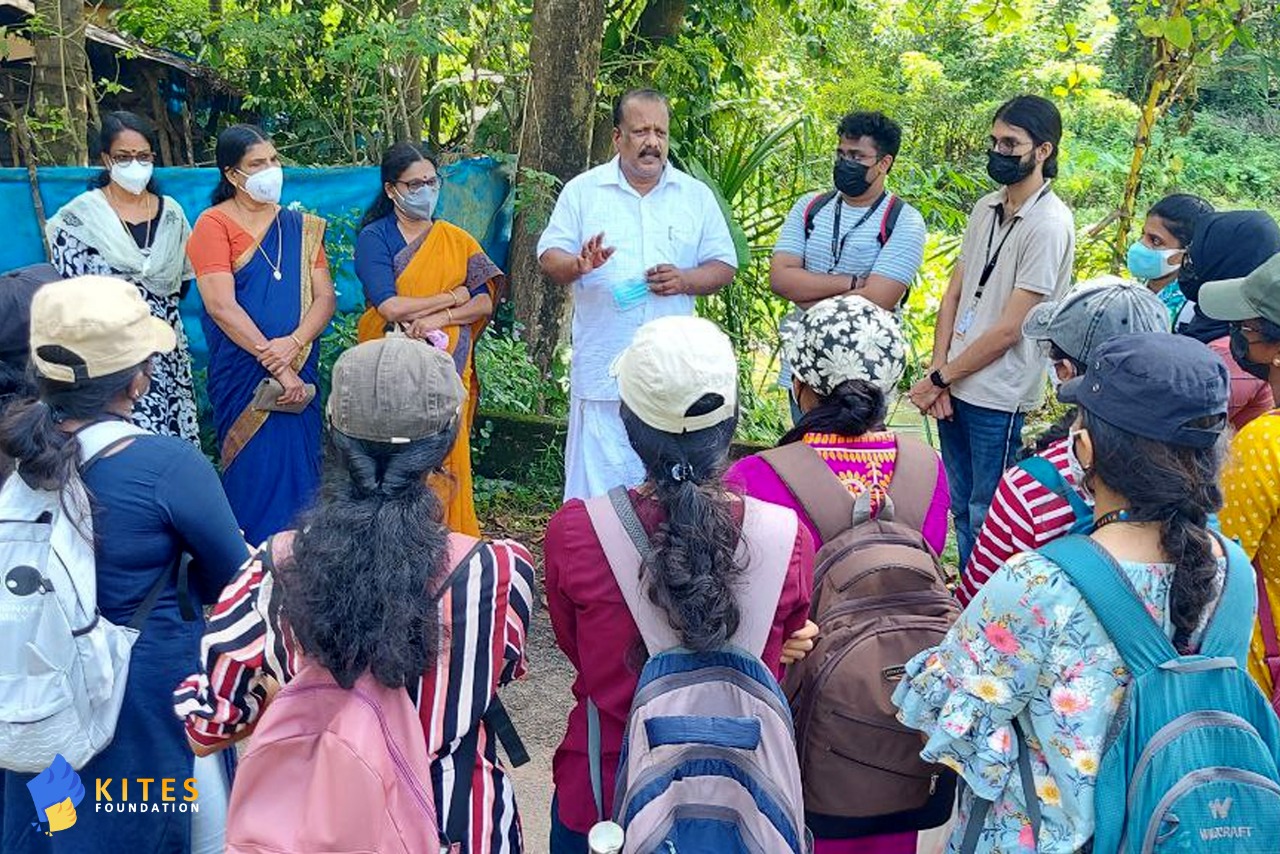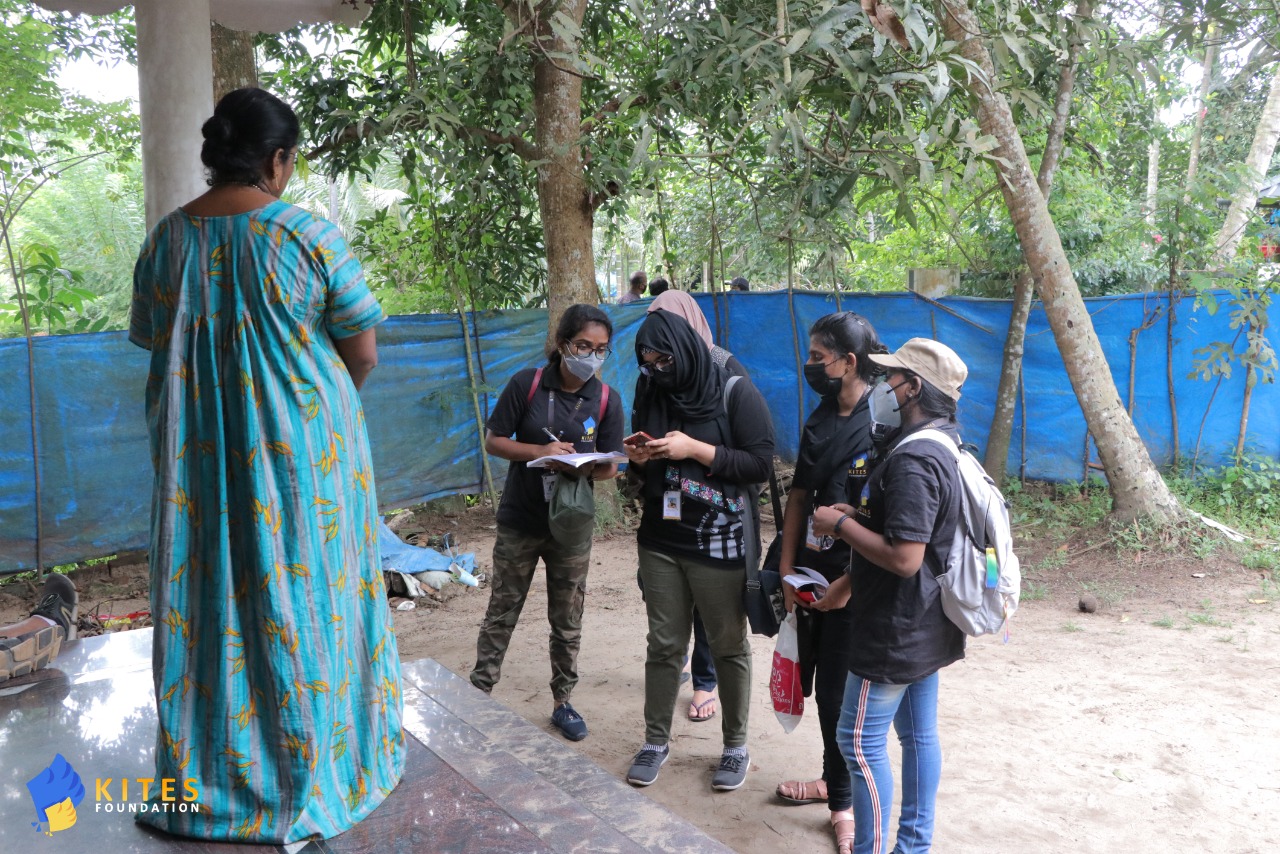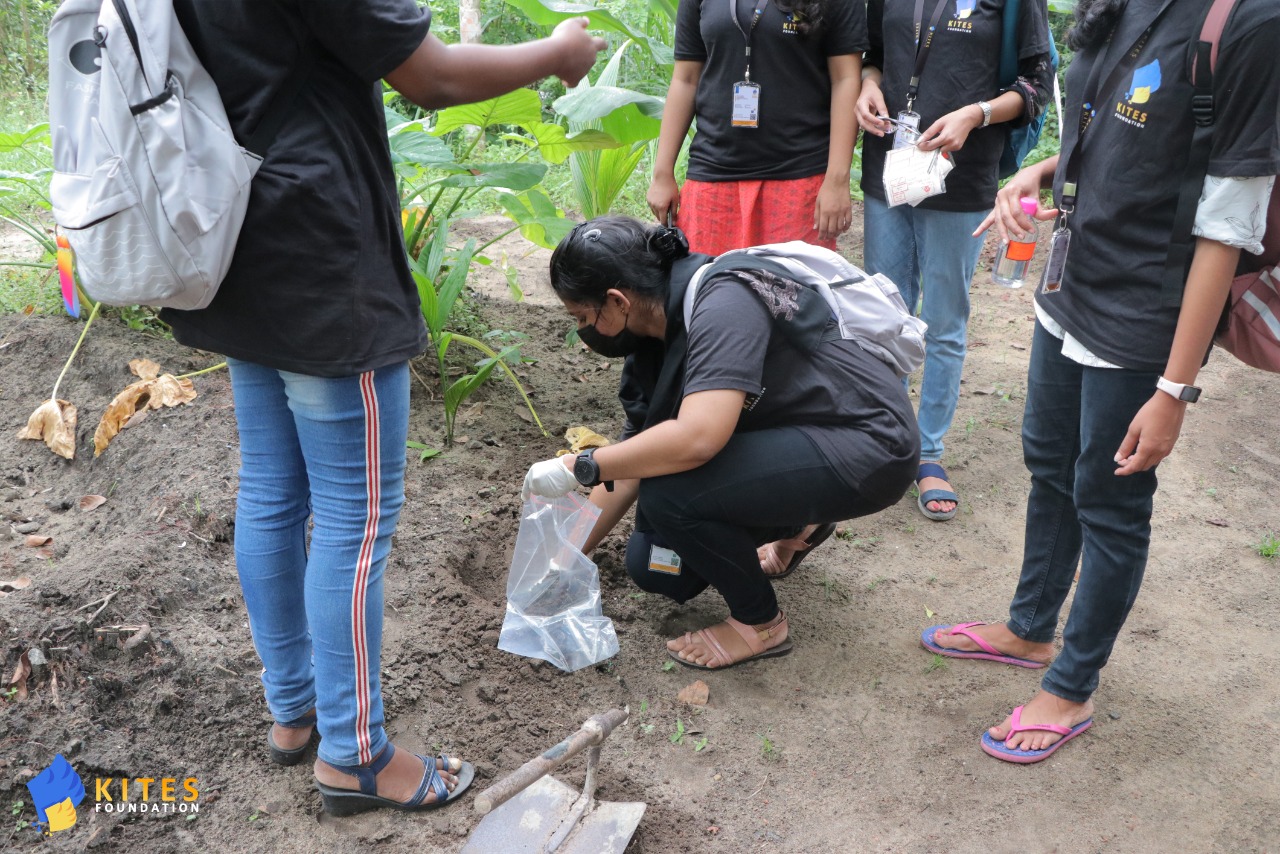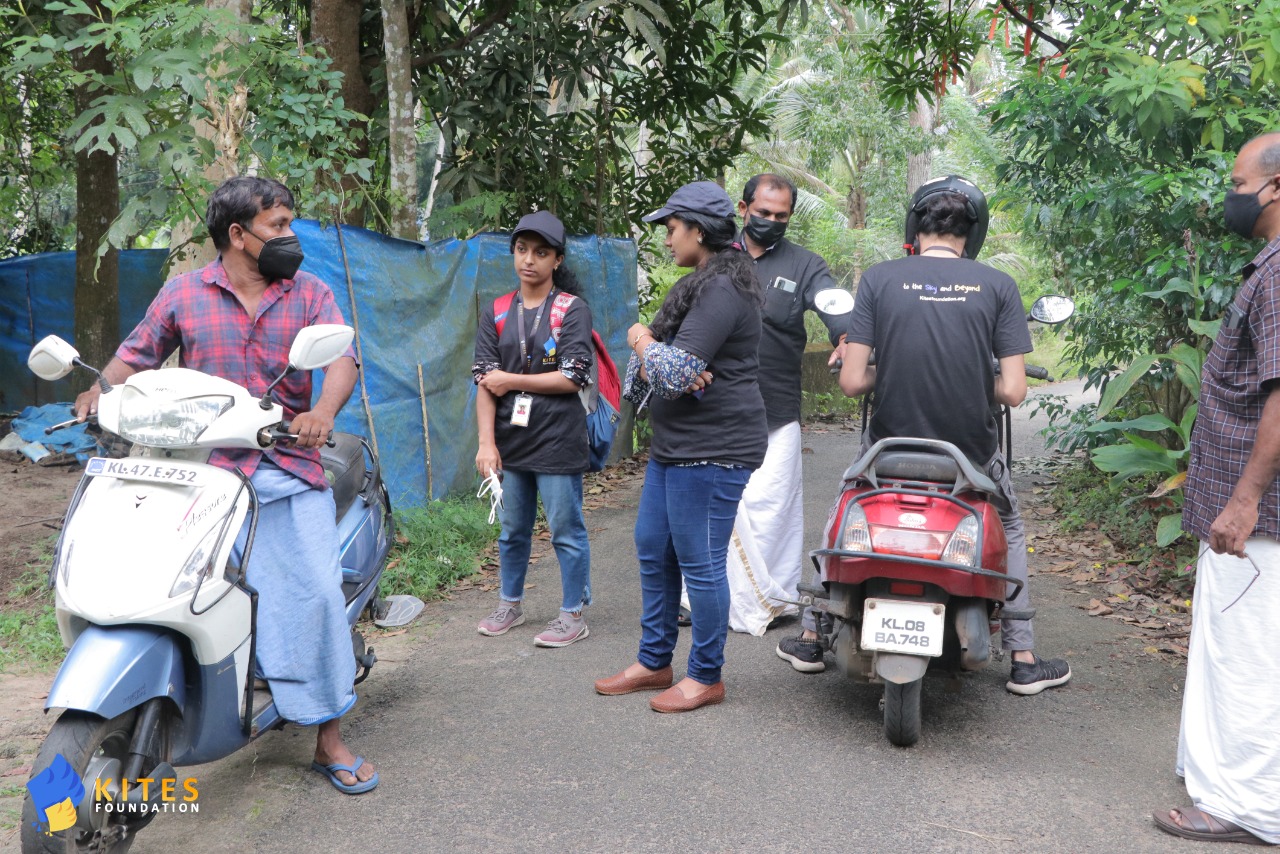About Us
"Only … one species – man – acquired significant power to alter the nature of the world", writes Rachel Carson in Silent Spring, referring to the significance of human agency in constructing and destructing the world around us. For Centuries, we chose the latter. Unmindful of the consequences, we exploited nature and its resources, satiating our capitalist aspirations. However, this cannot last forever as nature has its own ways of retaliating. We are in the wake of a climate emergency that is unparalleled in history. Human society across the globe is marred with recurring climate reversions and natural disasters. This is a wake-up call to revisit and revitalize the "significant power" humans still wield over nature. We still have hope and time to choose for our future if we are ready to course correct. Any small informed step, however small it is, towards this direction is the need of the hour. It is in this scenario the environmental interventions of Kites become relevant.
Perinthode Project is an ecosystem restoration venture under the aegis of Kites Foundation in association with the local self-government that seeks to revive the dying Perinthode river and its tributaries. Perinthode is a major water resource of the area that spreads across five Panchayats of Kaipamangalam constituency. However, the health of the river ecosystem steadily declined over the past few decades due to unsustainable human activities causing damage to not only its flora and fauna but also the livelihood of the local community.
VISION
The project envisages a disaster-resilient model of environmental restoration together with economic integration of the river ecosystem to ensure inclusivity and sustainability.
MISSION
- Evident-Based: scientific study preceding the project implementation ensures accuracy of the plan and informed nature of suggested solutions.
- Environmental Sustainability: the program aims to not only clean up the polluted river ecosystem but also to suggest more sustainable alternatives to the root causes of the same.
- Community-led: ensuring community participation and empowerment by carefully integrating the concerns and aspirations of the local community into the project
- Disaster Resilient model: sustainable management of water bodies becomes increasingly crucial in the present scenario of recurring natural disasters and climate change.
ACTION PLAN
Step I
The project's first phase involved scientific scrutiny of the ground realities to ensure informed solutions and technical preciseness. It was carried out with the help of the Department of Climate Change and Environmental Science, Kerala Agricultural University. From watershed mapping, soil and water culturing to community survey, the modalities of study ensured an integrated approach taking the social, economic, ecological, and geographical dimensions of the issue into consideration.
Step II
The second phase involves a five-year action plan on the basis of the scientific data collected during the first phase. It includes river restoration through steps such as removal of silt and debris, promotion of sustainable agricultural activities such as pisciculture and poultry farming through the participation of local community, and the integration of disaster resilient structures to address potential climate urgencies such as flood.

